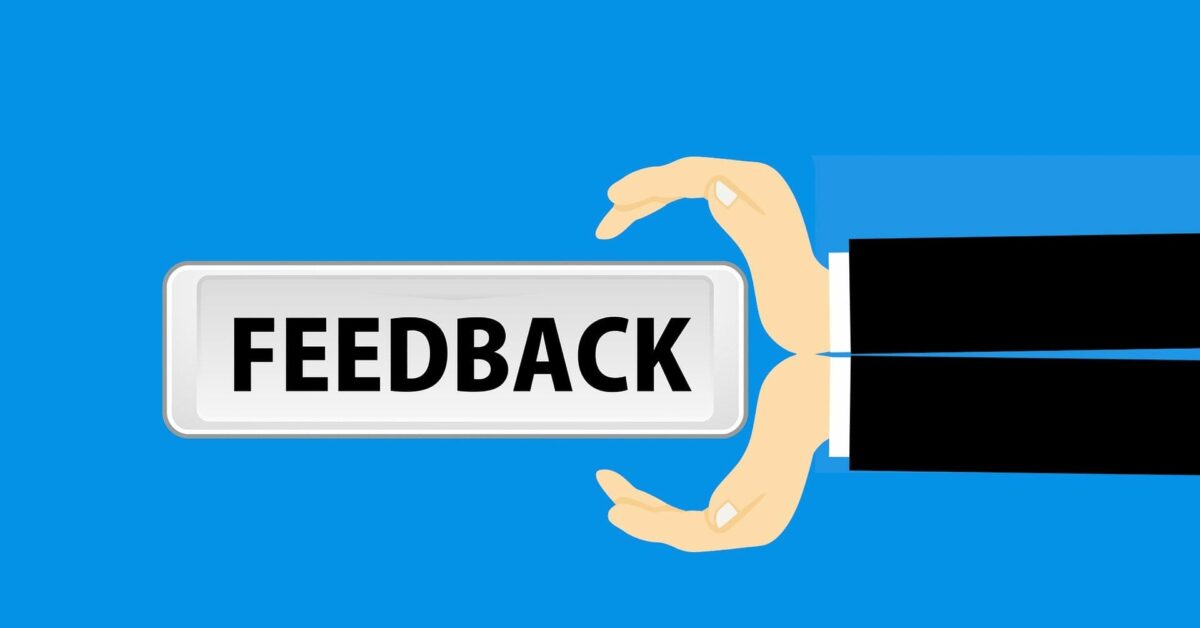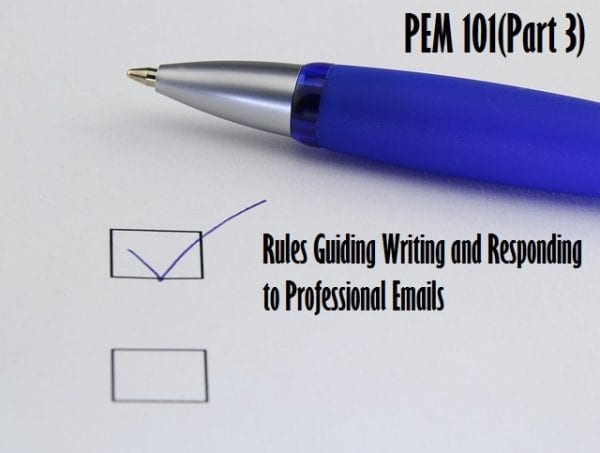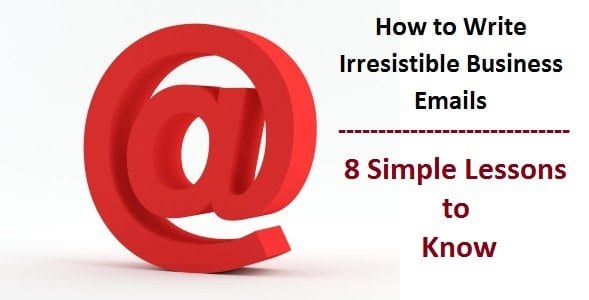As a business owner, your number one goal is to service your customers. There are key components to growing your business, one of the most important is providing value for your customers. Providing value for your company is relative, you don’t know if your customers are satisfied with your company if you don’t ask for their feedback.
In this article, we’ll discuss how to ask for feedback from a customer, the best channels to ask for feedback, how asking for feedback can help your business, and email samples on asking for feedback.
The success of your company depends entirely on the perception of your customers. If your brand isn’t perceived right by your customers, all your branding and advertising efforts would effectively be in vain. Word of mouth remains one of the most effective methods of advertising. If your brand is perceived wrongly, this translates to what your customers tell people about your brand and it could very well damage your brand.
If your brand is heavily dependent on the feedback it gets from customers, you could leave a link on your website, all email copies, or any electronic messaging platform you interact with your customers on.
Statistically, customers prefer brands that ask for their feedback over those that don’t. As a business owner, you’re constantly thinking of ways to optimize your business to provide better service and increase customer satisfaction. As much as you try to do this, if you don’t ask your customers their opinion, you may be working in vain.
Customers are the end-users of your product or service. This makes their opinion invaluable. Feedback gotten from customers can help you optimize your business better or create entirely new services to better serve your customers. One of the best ways to ask for feedback from your customers is via email or by collecting surveys. Regardless of the method you choose, this email is covered with the right template to make asking for feedback from a customer easier.
The Best Ways to ask Feedback from a Customer
There are different ways to ask for feedback from customers. We’ve listed the best methods in this section to ensure you’re able to ask for feedback in the best possible ways.
Be Intentional with Your Subject Line
The subject line is easily the most important part of an email. A well-written subject line is the difference between your email being opened or not. If your subject line doesn’t draw the reader’s attention, rest assured your email is going to be ignored. If you’re including a coupon for a completed survey, include this in the subject line of the email, this will include
Don’t always be Generic with your Questions
Being generic in your feedback question is asking the same question to every one of your customers (for the customers you have their data). While this isn’t a bad approach to asking for feedback from your customers, it’s not a very effective approach if you want more targeted answers.
To get better feedback from your customers, you should target specific customers or a specific segment of customers. This could be the last customer that bought your product, the last 50 people that used your service, customers that read your newsletters more often, etc. These are all metrics to select the customers to ask for feedback.
Asking for feedback from a select few of your customers gives you a better view of areas of your business you need to optimize for effectiveness.
Time Your Feedback Emails Properly
This is effective if you’re asking the feedback from a customer about a particular product or the circumstances surrounding the product. For example, If a customer orders a product from you and you wanted to ask about the product or the delivery of the product, it’s best to send your email asking for feedback at least a week after the product has been received. This gives time for the customer to try out the product and form an opinion on them.
Briefly Explain the Reason You’re asking for Feedback
People are more like to comply with requests if they know what their answers are being used for. So, in the email asking for feedback, make sure to include that you’re asking for feedback to make their experience better. Give some detail as to how you hope to use the feedback to improve customer experience.
Prepare the Right Questions
Emails requesting feedback would be time-wasting and unproductive if you don’t ask the right questions. Before even writing emails to ask for feedback from your customers, you should be able to identify the reason you’re asking for feedback.
Also, it’s more effective if your feedback is “yes” or “no” questions. This is not advisable if you need more detailed responses.
Offer Something in Return
Like the subheading above, customers are also more likely to respond to feedback inquiries if there’s something in it for them. Depending on how important it is that customers fill out the surveys or respond to the feedback, you could offer a free resource, a 20% coupon on their next order, etc.
Some additional tips when writing a feedback email is to make the clickables distinct in color. If a customer is meant to click anything on the email or meant to take any action, you should make sure that these Calls to action are vibrant and that your customer doesn’t miss them.

Sample on How to ask Feedback from a Customer
Subject: Can you take a 2-minute survey? For a 10% discount Dear Josh, Thank you for being a member of the Zero platform for over 4 years. We don’t take your patronage for granted. We’re surveying to help us select which features to add to coming updates on the app. Your feedback will be very helpful in helping us create an app to serve you better. To say our thank you, we’re giving you a 10% discount on your next in-app purchase. Thanks again Jim Blessed.
Sample Two on How to ask Feedback from a Customer
Subject: Feedback request Dear Emerson, You recently contacted our customer support team regarding a problem with your account. We’d love to hear any feedback you have concerning how we can improve our quality of service to serve you better. If it’s not too much, please take a moment to answer this 3-minute survey. Regards, Jane Doe
Sample Three on How to ask Feedback from a Customer
Subject: Feedback from onboarding and a $10 Dear Sandra, Thank you for joining the Woculus family. You’ve been a member of this platform for a week now. In order to provide better services, we have a survey for our newest members! This will only take 5-minutes. The answers you share are strictly confidential and will only be used to make our platform better. NB: There’s a $10 coupon for every completed survey. Thank you! Regards, Jefferson Andrew
Sample Four on How to ask Feedback from a Customer
Subject: Feedback from a recent order Dear Ada, Thank you so much for shopping with us. We don’t take your patronage for granted! If you don’t mind, could you please answer this questionnaire about the product and how the experience has been so far? Your answers are 100% confidential. If there’s anything you’d like us to know, simply reply to this email and we’ll respond within 24 hours. Thank you again for your patronage. Regards, James Emerson
Sample Five on How to ask Feedback from a Customer
Subject: Feedback on our new website Dear Joseph, Thank you for doing business with us. We don’t take your patronage for granted. We recently built a new website and we’re sending out a beta version to some of our most loyal customers for their feedback. Here’s a link to the beta version of the website. Please send us your opinion via email. Thank you so much for your time. Regards, Tosan Okafor
Conclusion
Asking feedback from your customers regularly helps foster a better connection with your customers. It reaffirms the fact that their opinions are important to you. A great avenue to ask for feedback from a customer is via social media. According to sprout social, 47% of customers leave their feedback on social media. This is why when asking for feedback from a customer, it’s important to make sure you cover all channels you have a presence in.
Check out more Templates and Samples to Ask for Feedback from a Customer






